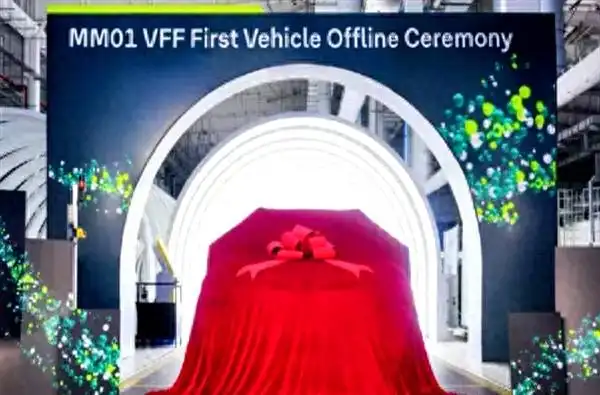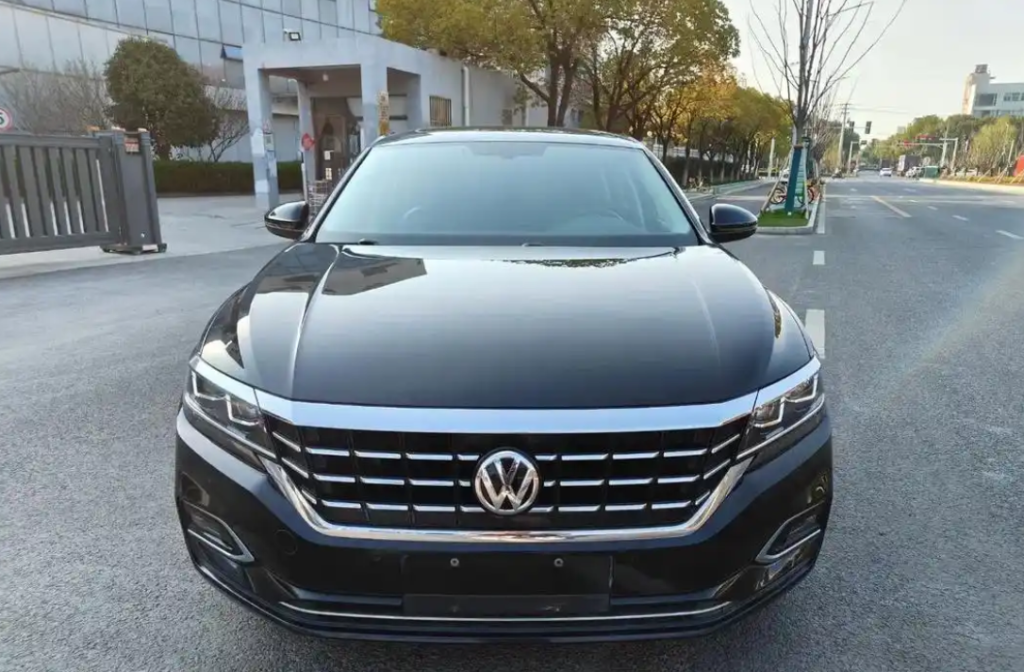Volkswagen's first mass-produced fully autonomous driving car is here, and this time I want to play it real!
Recently, MOIA, a subsidiary of Volkswagen Group, officially released Volkswagen's first mass-produced fully autonomous vehicle ID. Buzz AD. This autonomous driving model, built on the classic van model, is not only equipped with a luxury sensor array composed of 13 cameras, 9 lidars and 5 millimeter wave radars, but also simultaneously launches a complete autonomous driving solution from hardware to service.
ID.Buzz AD's most eye-catching thing is not its three-row and five-seat layout, nor its rotatable seats and AI assistants, but it represents a pragmatic technical route. Unlike Tesla's radical "fully autonomous driving" vision, Volkswagen has chosen a more stable and gradual development. ID.Buzz AD in the current test stage is still equipped with safety officers. This attitude of "technology can be advanced, but it must be cautious when implementing it", reflects the unique understanding of autonomous driving by traditional car companies. The combination of Mobileye’s autonomous driving system and AD MaaS platform demonstrates a complete ecosystem from hardware to software to services, which is the deep accumulation of Volkswagen as an industry veteran.

Interestingly, just as Volkswagen announced ID.Buzz AD, Tesla released news that it would mass-produce the Robotaxi team without a steering wheel and pedal in 2026. These two completely different technical routes form a sharp contrast: on the one hand, the steady and systematic advancement of traditional car companies, and on the other hand, the bold leap of new forces. But both face the same realistic problem - the constraints of vague policies. US regulators have not yet made clear the qualifications for such "online taxis" on the road, and this uncertainty may become the biggest stumbling block in the commercialization of autonomous driving.
Technically, the sensor configuration of ID.Buzz AD is luxurious. 13 cameras provide panoramic visual coverage, 9 lidars build accurate three-dimensional environmental perception, and 5 mmWave radars ensure reliability in various weather conditions. Although this multi-sensor fusion solution is costly, its reliability is far greater than that of a single vision solution. What is particularly noteworthy is the practical thinking of the interior design: the extended wheelbase and the raised roof not only improve riding comfort, but also provide a more stable driving platform for the autonomous driving system; the rotatable seats and a suspended central control screen hint at the possibility of mobile office in the future.

Volkswagen plans to deploy ID.Buzz AD on a large scale in Europe and the United States starting from 2026. This time point is meaningful. It not only gives a buffer period for technological improvement and regulations to be implemented, but also demonstrates Volkswagen's firm confidence in the commercialization of autonomous driving. MOIA's "turnkey" solution packages vehicles, autonomous driving systems and operation platforms. This one-stop service model is likely to become an important paradigm for the commercialization of autonomous driving in the future.

Automatic driving technology is standing at the intersection of commercialization. Volkswagen ID.Buzz AD and Tesla Robotaxi represent two different breakthrough paths: the former emphasizes safety and reliability and gradual progress, while the latter pursues disruptive innovation and rapid iteration. At a time when policies and regulations are not yet fully defined, which route can win the recognition of the market and regulators? There is no standard answer to this question, but it is certain that 2026 will become a key year in the history of the development of autonomous driving. When the technology dream meets business reality, perhaps the public's attitude of embracing innovation and respecting laws is the middle way to promote the healthy development of the industry.








